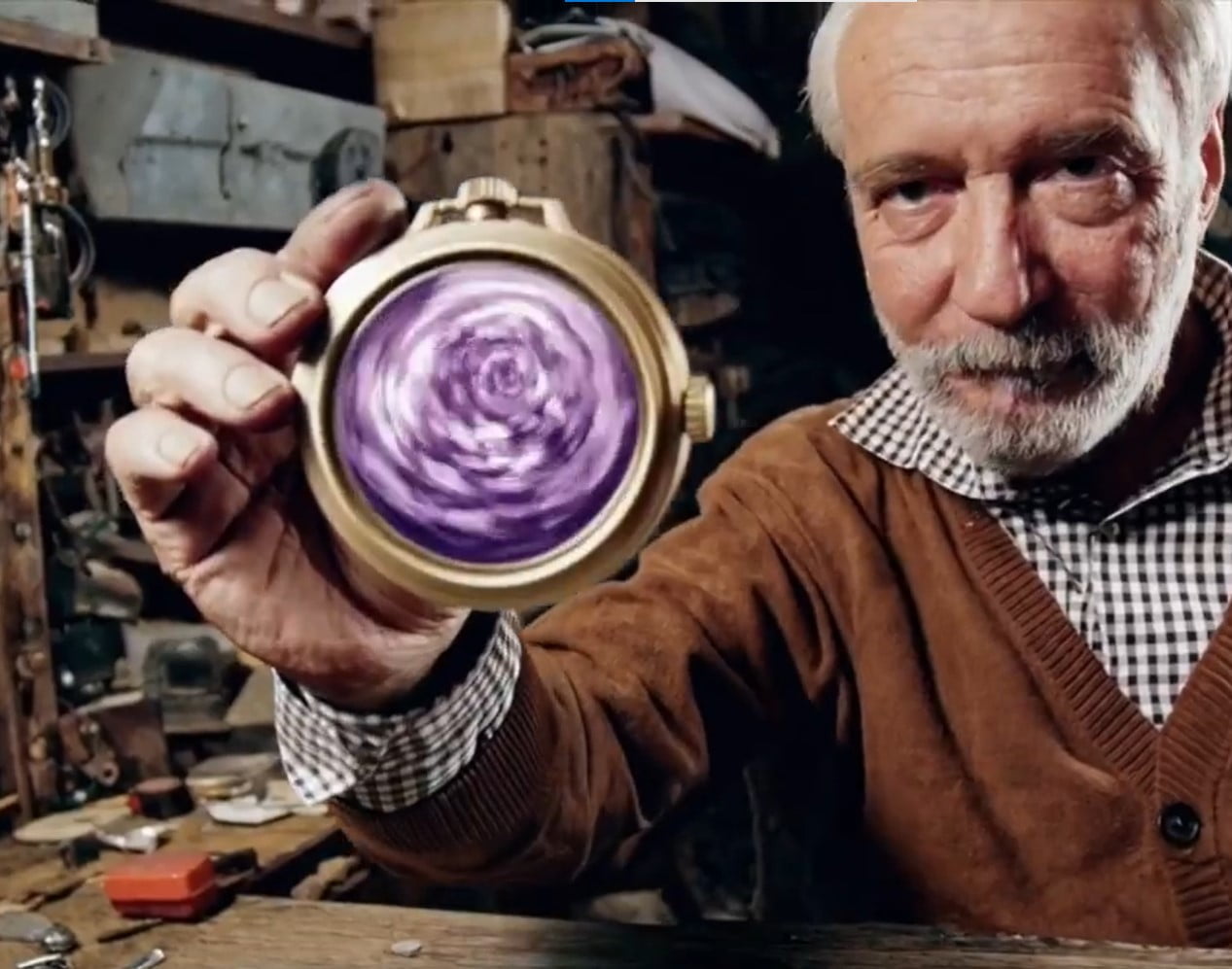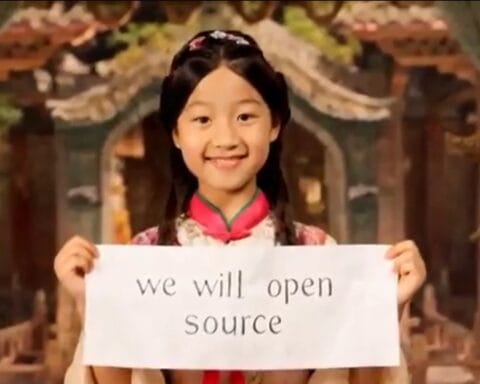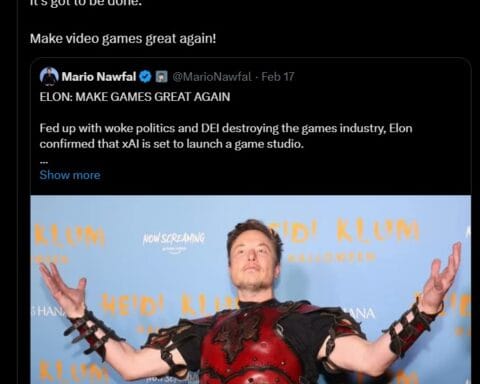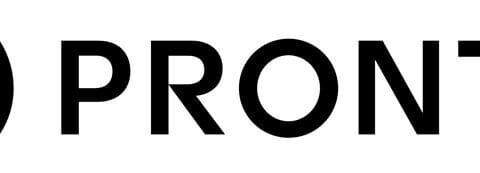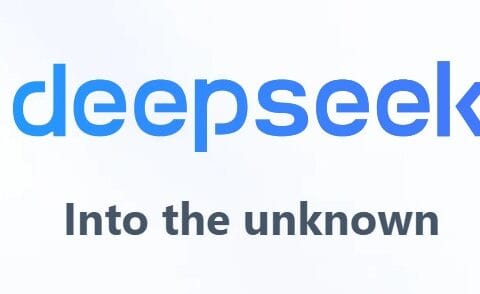Last Updated on March 26, 2024 3:48 pm by Laszlo Szabo / NowadAIs | Published on March 26, 2024 by Laszlo Szabo / NowadAIs
New Sora Videos by Artists: You Won’t Believe Your Eyes – Key Notes
- OpenAI’s Sora text-to-video tool has been tested by artists, designers, and filmmakers, showcasing the tool’s versatility in creating both realistic and surreal content.
- Sora can generate one-minute videos from a single text prompt, emphasizing its potential to revolutionize the creative process for video content.
- Currently in the evaluation phase, Sora’s availability is limited as OpenAI assesses its capabilities and potential risks.
- Early feedback from testers highlights Sora’s promise in assisting creatives to visualize and rapidly prototype their ideas.
- Concerns exist about generative AI’s impact on artistic originality and job security, despite excitement over its creative potential.
OpenAI’s Sora Tested by Artists
OpenAI’s new Sora text-to-video tool has been given early access to a select group of artists, designers, and filmmakers for the past few months.
On Monday, OpenAI showcased some of the creations and initial impressions of these individuals. One of these artists, the Toronto-based multimedia production company Shy Kids, stated that while Sora is capable of generating realistic content, they are most excited about its ability to create surreal pieces. This can be seen in their short film, Air Head, which features a man with a yellow balloon for a head:
‘air head’ is one of the first short films made using #Sora by @OpenAI.
the response so far has left us floating.🎈 pic.twitter.com/bBR6IMZQ8M
— shy kids (@shykids) March 25, 2024
He talks about the joys and challenges of living with this unusual feature, such as his head blowing off in windy weather or getting pricked by cacti in a plant store. However, he also has a grateful perspective, knowing that deflation is just a pin prick away.
Unlocking Creativity: Artists’ First Test with Sora Text-to-Video Tool
Sora, which was first revealed to the public in mid-February, can produce one-minute videos from a single text prompt.
Currently, Sora is not available as a product as OpenAI works to evaluate its capabilities, limitations, and potential risks. The company credits the feedback and creations of early testers, including their first artist in residence, Alexander Reben, for helping them in this process.
It is unclear how many artists are currently testing Sora or what guidelines they were given for their films. Despite its ongoing development, OpenAI believes that Sora has already shown promise in helping creatives bring their ideas to life.
The use of generative AI in the creative field has sparked both enthusiasm for its potential and concern about potential theft of artists’ work or replacement of human jobs. These views can coexist, as seen with the early testers of Sora who appear to be mostly excited about the tool.
From Dreamy Underwaters to Noir Visions: Showcasing Sora’s Potentia
One of these artists, Josephine Miller, created a dreamy underwater world where people float gracefully in fish-scale-covered garments. This surreal piece, along with others highlighted by OpenAI, is a blend of reality and imagination.
New Sora videos created by actual artists!
See the rest in the blog post below
credit @paultrillo pic.twitter.com/J9SDZsg2UA— chrypnotoad (@chrypnotoad) March 25, 2024
Don Allen Stevenson III, the creator of this film, praises Sora for breaking free from traditional laws of physics and conventions, allowing for instant visualization and rapid prototyping:
I’m so excited to unveil something truly groundbreaking in collaboration with @OpenAI a glimpse into the future of storytelling with #Sora technology. 🌟 pic.twitter.com/62gAPaNSos
— Don Allen Stevenson III ᯅ (@DonAllenIII) March 25, 2024
Another artist, Nik Kleverov, co-founder and creative director of Native Foreign in L.A., shares that Sora has already transformed his approach to both agency work and personal projects. He is able to explore new concepts that were previously held back by budget and resource constraints.
In his Sora film, there are scenes of a man walking in a black and white noir setting, someone working on clocks in a nostalgic sepia-toned repair shop, and even a futuristic sports car emerging from the ocean:
Thrilled to unveil my journey with Sora – I can already see how it’s going to transform the way I approach agency work as well as personal projects. I can’t wait to show you more as things develop! @OpenAI #sora #journey pic.twitter.com/nX0Sv9iujA
— Nik Kleverov (@kleverov) March 25, 2024
Definitions
- Sora: OpenAI’s innovative text-to-video tool that allows users to generate video content directly from textual descriptions, blending AI technology with creative expression.
- OpenAI: A research organization focused on developing artificial intelligence in a safe and beneficial manner, known for creating advanced AI tools like GPT-3 and DALL-E.
- AI-generated videos: Videos created through artificial intelligence algorithms that transform text or other inputs into visual and audio content, enabling new forms of storytelling and content creation.
- Generative AI: AI technologies capable of producing content—such as text, images, and videos—by learning from vast datasets, often resulting in unique and creative outputs.
Frequently Asked Questions
- What makes New Sora Videos a game-changer in creative content production?
- Sora introduces a revolutionary approach by converting textual prompts into detailed one-minute videos, offering creatives an unprecedented level of ease and flexibility in bringing their visions to life. Its ability to generate both realistic and surreal content opens new avenues for storytelling and artistic expression.
- How does Sora differ from other AI tools developed by OpenAI?
- Unlike other AI tools that focus on generating text or static images, Sora specializes in creating dynamic video content based on text prompts. This makes Sora uniquely positioned to influence the video production landscape by enabling rapid visualization and prototyping of complex ideas.
- What are the potential risks and limitations associated with Sora?
- As with any generative AI technology, concerns include the potential for copyright infringement, ethical implications of content creation, and the impact on jobs in the creative industries. OpenAI is currently evaluating Sora’s capabilities and limitations to address these risks responsibly.
- How have early testers of Sora responded to the tool’s capabilities?
- Early testers have expressed enthusiasm for Sora’s potential to transcend traditional creative boundaries, highlighting its ability to generate content that defies physical laws and conventional norms. Their experiences suggest that Sora could significantly enhance creativity and efficiency in content production.
- When will Sora become available to the wider public?
- The release date for Sora as a product has not been announced, as OpenAI continues to evaluate its technology for any potential risks and fine-tune its capabilities. Feedback from early testers is instrumental in this development process, indicating that wider availability will be considered once assessments are complete
